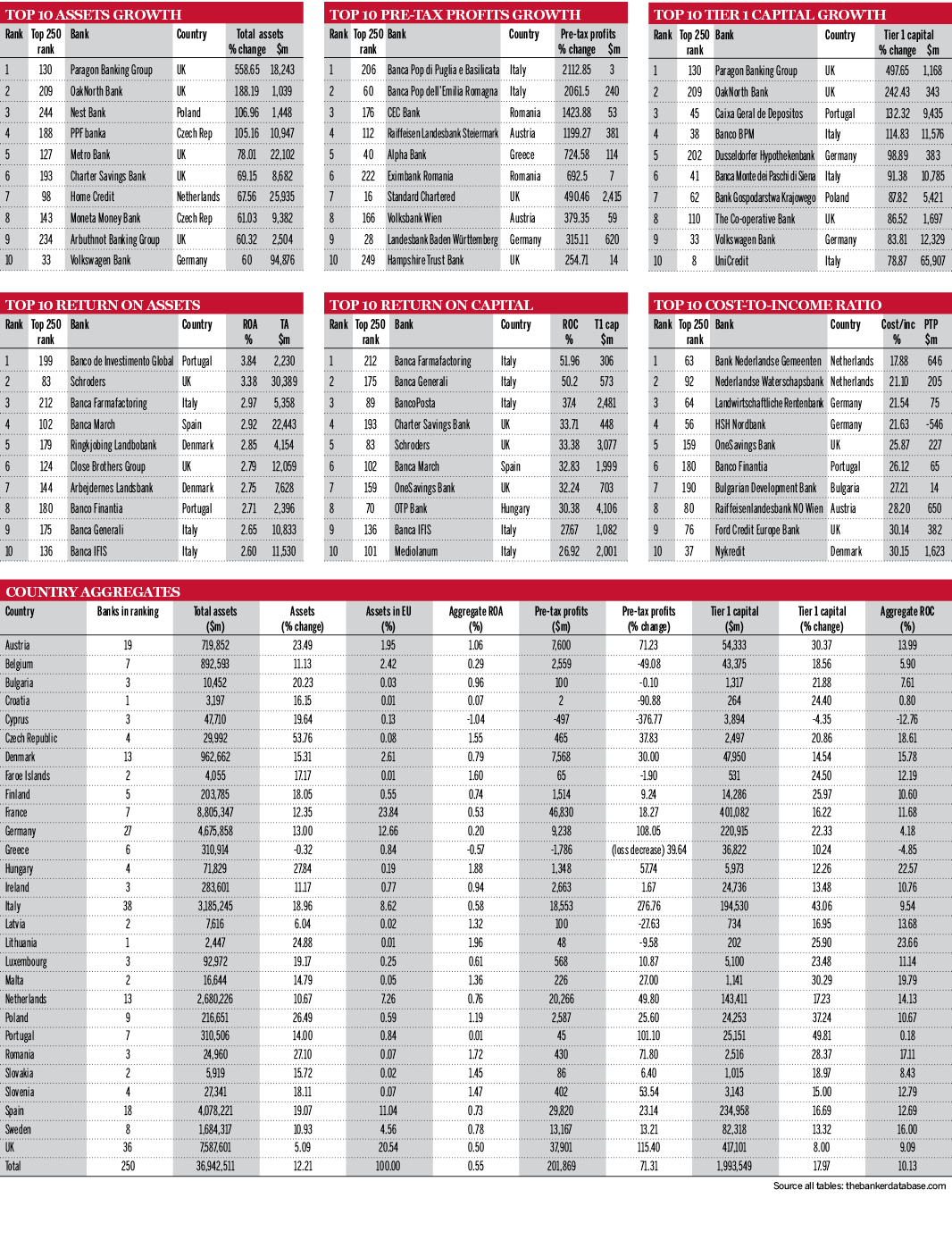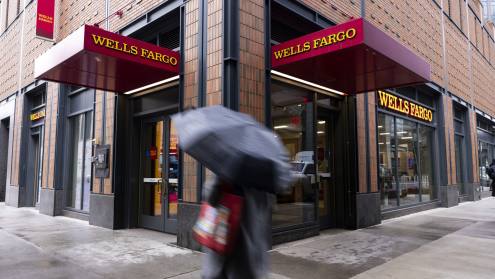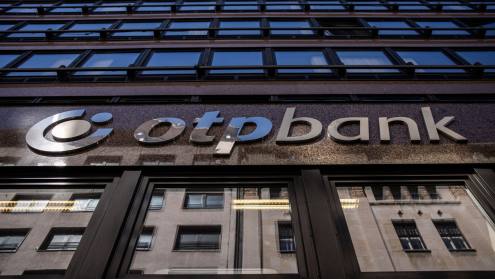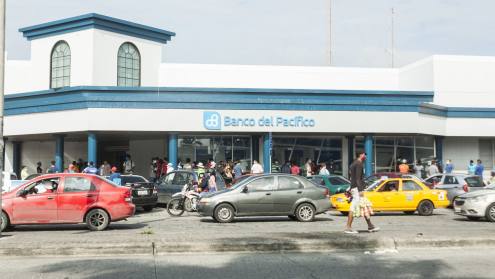An overall increase in Tier 1 capital by 17.97% or $1993.5bn, among the 250 EU banks shows that capital is no longer the biggest issue in Europe – only 14 lenders saw their capital base decrease.
The big winner in this year’s ranking is UniCredit, which moved up nine positions to eighth, thanks to a 78.9% increase in Tier 1 capital in 2017. Italy’s largest bank by both capital and assets has also turned its 2016 loss of $10.88bn into pre-tax profits of $7.82bn equivalent.
The UK’s HSBC Holdings remains the largest lender in the region with Tier 1 capital at the bank nearly $50bn higher than at the region’s second largest institution, BNP Paribas. The largest bank in France pushed past its compatriot Crédit Agricole thanks to an about three percentage point higher increase in capitalisation.
Bank Pekao of Poland is the highest new entrant at 59. The second largest bank in the country increased its capitalisation by 15.9% compared to the previous year. Previously majority owned by Italy’s UniCredit, the lender used to be classified as a foreign-owned subsidiary and was therefore excluded from the ranking. A change in ownership sees it enter the regional table for the first time.
Across the top 250 banks in the region, pre-tax profits also increased, although on a global basis European lenders are still falling behind in terms of profitability. The 71.3% aggregate pre-tax profit increase came thanks to a turnaround in Italy (mainly at UniCredit), a boost to profits in the UK and Germany (thanks to Deutsche Bank returning to profit, if only posting $1.48bn). Still, aggregate returns on assets and capital remain comparatively low at a respective 0.55% and 10.13%.
This year’s ranking also sees a turnaround at institutions in Portugal, which reported a profit for the first time since the end of 2010. Only institutions in Cyprus and Greece made a loss on aggregate, and the losses at the six Greek banks in the ranking were lower than in the previous year. Profits at lenders in Belgium were 49.1% lower, due to a $541m loss at third largest lender Dexia and nearly 59.5% lower profits at KBC Group.
With 38 institutions, Italy has the largest amount of banks in the ranking. The aggregate of the Italian banks’ total assets ($3.19bn) only amounts to an 8.6% share of assets in the region, underlining the fragmentation of the country’s banking sector. In comparison, France’s seven groups in the ranking account for 23.8% of all assets, followed by the UK’s 36 banks making up 20.5% of all assets.
Still, Italian banks take leading positions in profit generation: Banca Popolare di Puglia e Basilicata and Banca Popolare dell'Emilia Romagna were the lenders with the strongest pre-tax profit growth in 2017, five of the top 10 banks by return on capital are Italian (with Banca Farmafactoring, Banca Generali and BancoPosta taking the top three spots in Europe), while three banks also made the top 10 lenders by return on assets.












